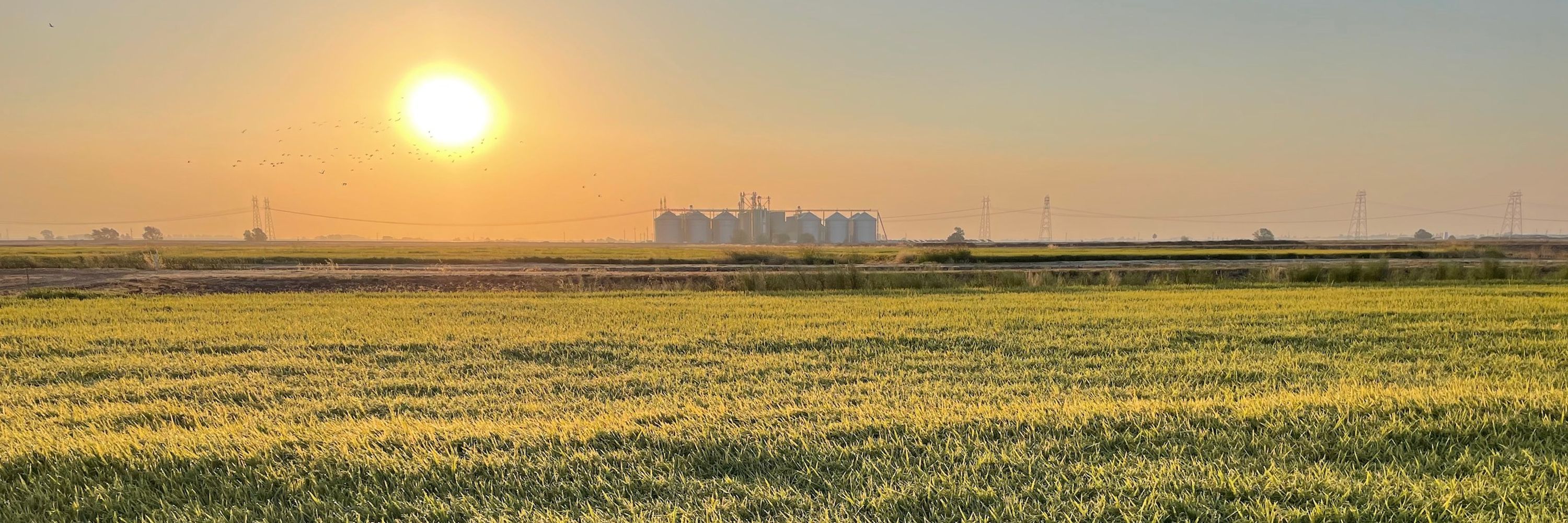

@jjminich.bsky.social
ial for advising me on how to process low-yield deep sea samples, Drishti Kaul and
@rhlampe.bsky.social
for bioinformatic consultation, James Giammona for help with MOANA and tireless moral support, and Karen Selph for processing flow cytometry samples.
@jjminich.bsky.social
ial for advising me on how to process low-yield deep sea samples, Drishti Kaul and
@rhlampe.bsky.social
for bioinformatic consultation, James Giammona for help with MOANA and tireless moral support, and Karen Selph for processing flow cytometry samples.
@banfieldlab.bsky.social and Andy Allen!!
@banfieldlab.bsky.social and Andy Allen!!
From the supplemental:
"Because of the low biomass nature of deep ocean samples, serially diluted mock community controls were used to determine the minimal coverage necessary to accurately capture community composition. [1/3]
From the supplemental:
"Because of the low biomass nature of deep ocean samples, serially diluted mock community controls were used to determine the minimal coverage necessary to accurately capture community composition. [1/3]






